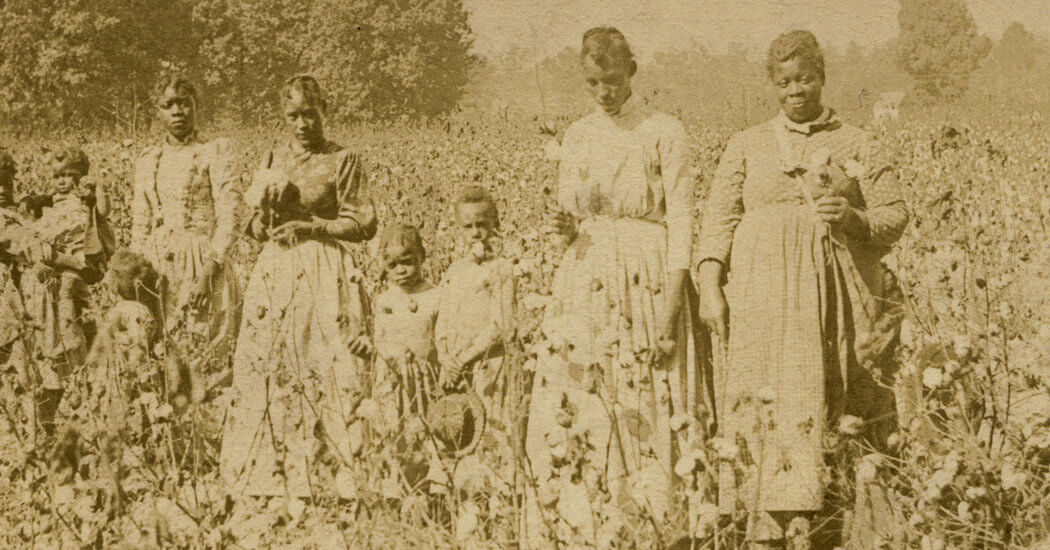March brings us Women’s History Month, a time to reflect on the impact we as women have on our world and to raise awareness of the issues we face in modern society. Let’s explore reproductive health and see how plants have been our allies in the ongoing journey to protect reproductive rights.
When I talk about reproductive health, I mean the different stages associated with specific sexual and reproductive health issues, such as menstruation, fertility, contraception and pregnancy, as well as chronic health conditions such as endometriosis, polycystic ovary syndrome and menopause. Before we talk about reproductive health and what can be done to improve it, let’s briefly review the history of reproductive health justice.

Reproductive health has been especially challenging for poverty-stricken communities of color, which have historically been targets of economic and reproductive injustice. The eugenics project in Mississippi that began in the 1930s resulted in hundreds of women receiving unwanted sterilizations. It was claimed that these women were mostly “mentally retarded” (Kaelber). Indigenous women and women of color were unfairly targeted and vilified, and their actual reproductive health care needs were ignored. They were victims of discrimination by lawmakers. The sterilization law enacted in Mississippi in 1928 was, frighteningly, not the first such legislation. Mississippi was the 26the state to pass such a heinous law. (Kaelber)
A hundred years earlier, during the immoral days of slavery, African and Native Americans worked the cotton fields of the Deep South. Many injustices took place among these cotton fields. Cotton, along with sugar and tobacco, was considered the world’s first luxury item, which is why these plantations also turned people of color into commodities (Henry). Enslaved women suffered sexual violence, unwanted pregnancies, and childbearing while still being forced to work in the fields alongside enslaved men.

African American women and children in a cotton field, 1860s. Credit: National Museum of African American History and Culture via Smithsonian Institution
Ironically, these women discovered that Gossypium hirsutum, commonly known as cotton root bark, allowed them to provide themselves with some reproductive health care at a time when plantation owners failed to provide any form of adequate health care. Cotton root was used by chewing the fresh bark, and the root and seeds were made into a strong decoction that was drunk in times of need. It was traditionally used by these women for pregnancy-related problems. (L. Culpepper). The plant these women had to grow was the same plant that gave them the herbal medicine they needed to protect themselves from the effects of sexual injustice that took place on these plantations. What a powerful outlet this plant gave these struggling women. Today, cotton root has even more well-known uses, such as supporting and stimulating a healthy oxytocin response. This is also called the love hormone and makes us feel more peaceful and connected.

In addition to the historical uses of cotton root, the opposite use can be said about Black Haw. Viburnum prunifolium, also known as Black Haw, was an ally used to support women during the delicate period of early pregnancy by strengthening and soothing the uterus. The rhythmic quality of this herb supported postpartum cramps and tension, and was therefore very popular among Native Americans, African Americans, and historical birth attendants. Black Haw is related to the best known antispasmodic, Viburnum opulus, also known as cramp bark. You can find Cramp Bark in most herbal formulas that support menstrual cycle health.
Reproductive health has similar rhythmic waves as reproductive health care; Our reproductive systems are constantly changing, as are the social norms that govern women’s reproductive rights. Furthermore, one can expect a tsunami wave of protest if adequate care and the right to choose our own bodies are neglected.
Today, reproductive health has evolved and undoubtedly improved. Our plant-based allies are still there to help us. The struggle continues for many sisters of color, physical abilities and socio-economic status. We can take back our power by learning more about our reproductive systems and using plant-based allies. However, it is very important to follow the correct guidelines for doctors and physicians. Every body is unique and deserves adequate health care based on each reproductive transition or condition. I find it helpful to inquire with like-minded pharmacists about contraindications while using herbal formulas with medications to ensure my integrative health needs are safely addressed.
As I sit here in the reception area of WishGarden, smelling the sweet aromas of processing herbal tinctures, it is clear that this is where I need to be; advocate for these plants while keeping women’s stories alive. WishGarden owner and formulator Catherine Hunziker has been incorporating these historic herbs into her formulas since 1979 and continues to encourage ecological rituals with our plant friends. The extensive list of her formulas for women supports all stages of life, from birth through postmenopause. I invite you to explore these formulas that can support your reproductive transitions.
Visit us here for our full collection of Women’s Health products.
References
- Kaelber, Lutz”Mississippi“, 4e February 2021
- Gates, Hendrik”Why was cotton ‘king’?“, 4e February 2021
- (L. Culpepper. Gossypium spp. (Cotton Root Bark): A Symbol of Resistance, Vol.15, Number 2. PG 49-52).
Lauren Ann Nichols-Sheffler attended the Colorado School of Clinical Herbalism and received her certificate in Medical Herbalism. She owns it Blue yarrow herbs also known as Herbal Vice, an herbal product company that practices bioregional herbal medicine by growing plants and sourcing locally. Lauren loves educating and advocating for plant sustainability. She is the purchasing and sourcing manager for WishGarden Herbs.
For educational purposes only. This information has not been evaluated by the Food and Drug Administration. This information is not intended to diagnose, treat, cure, or prevent any disease, or to sell any product.
Read further

